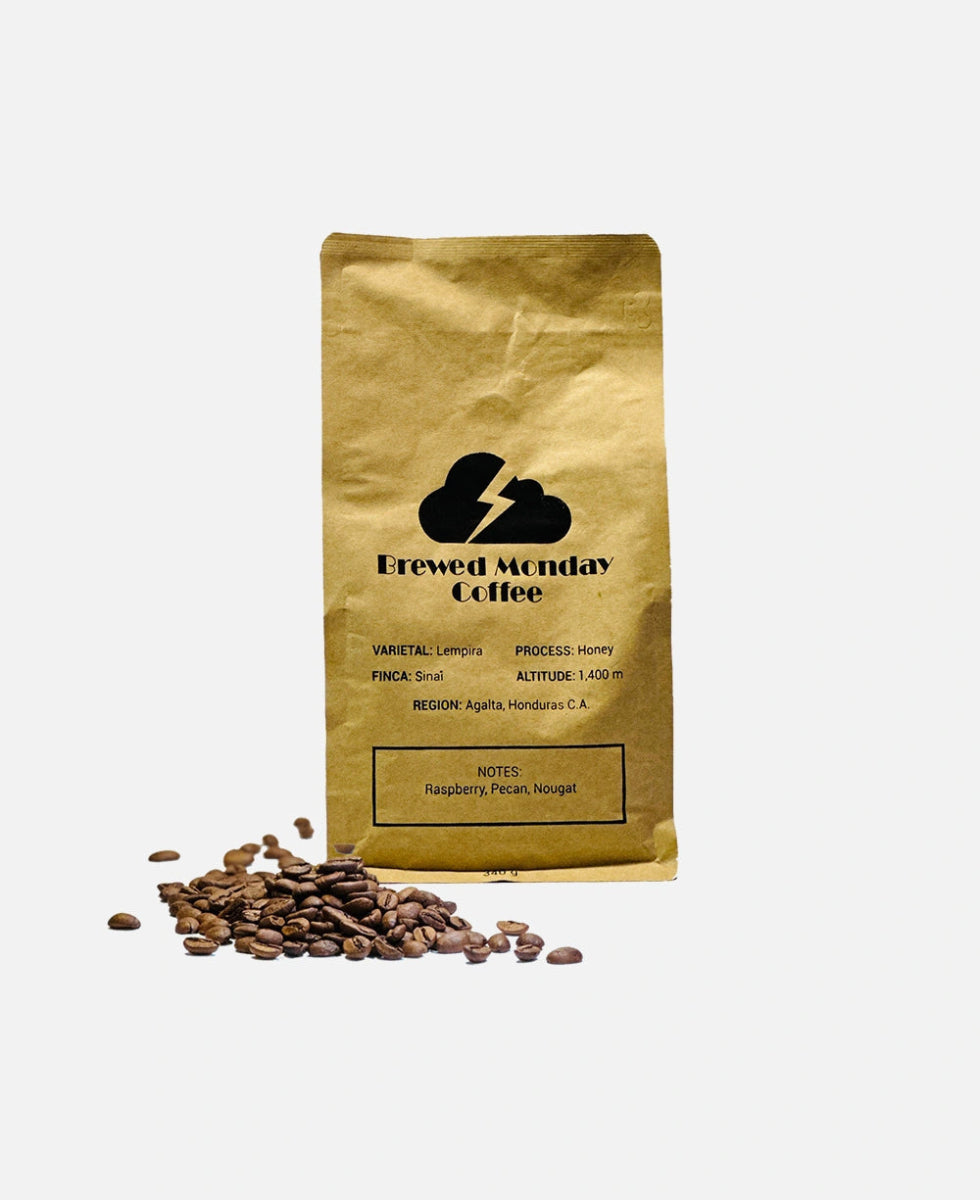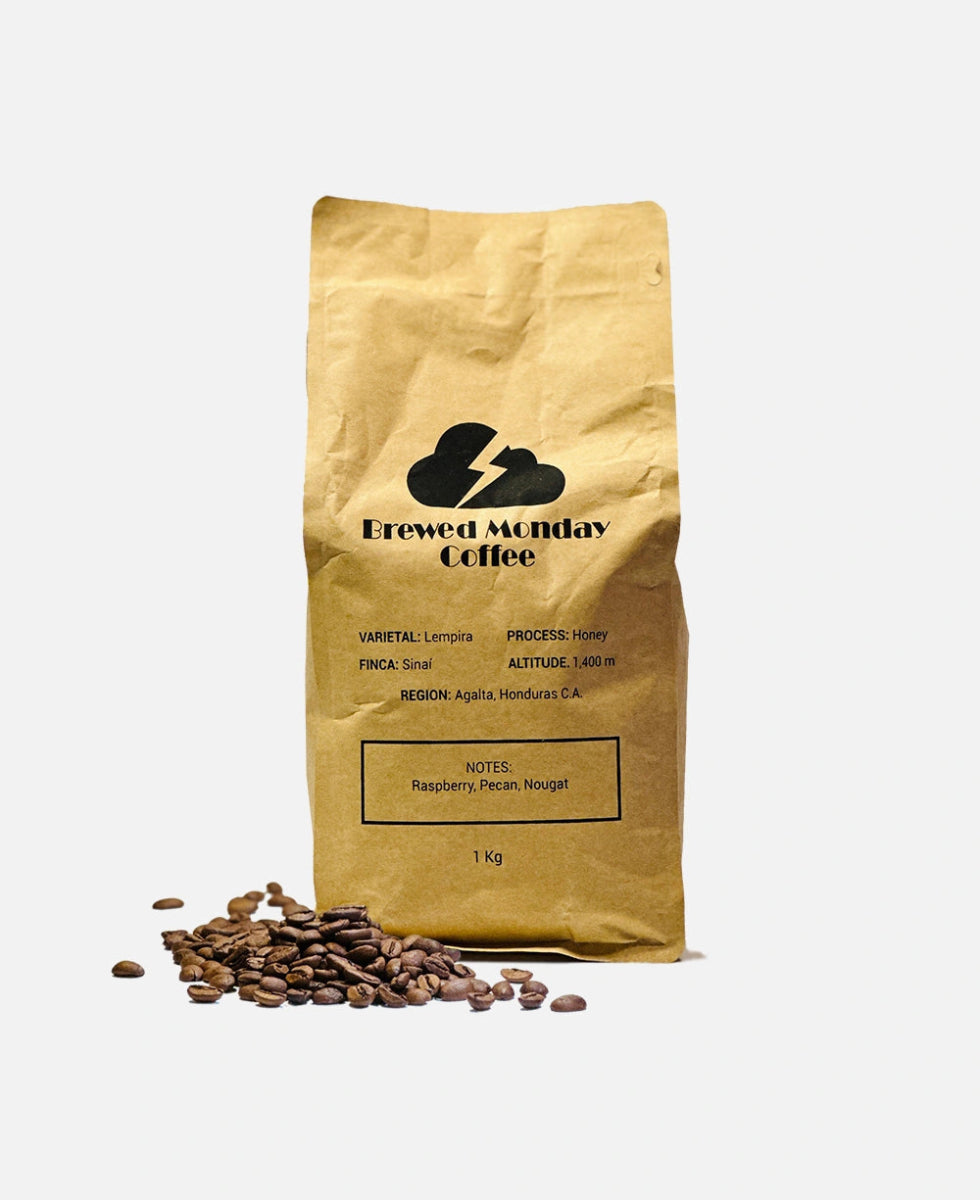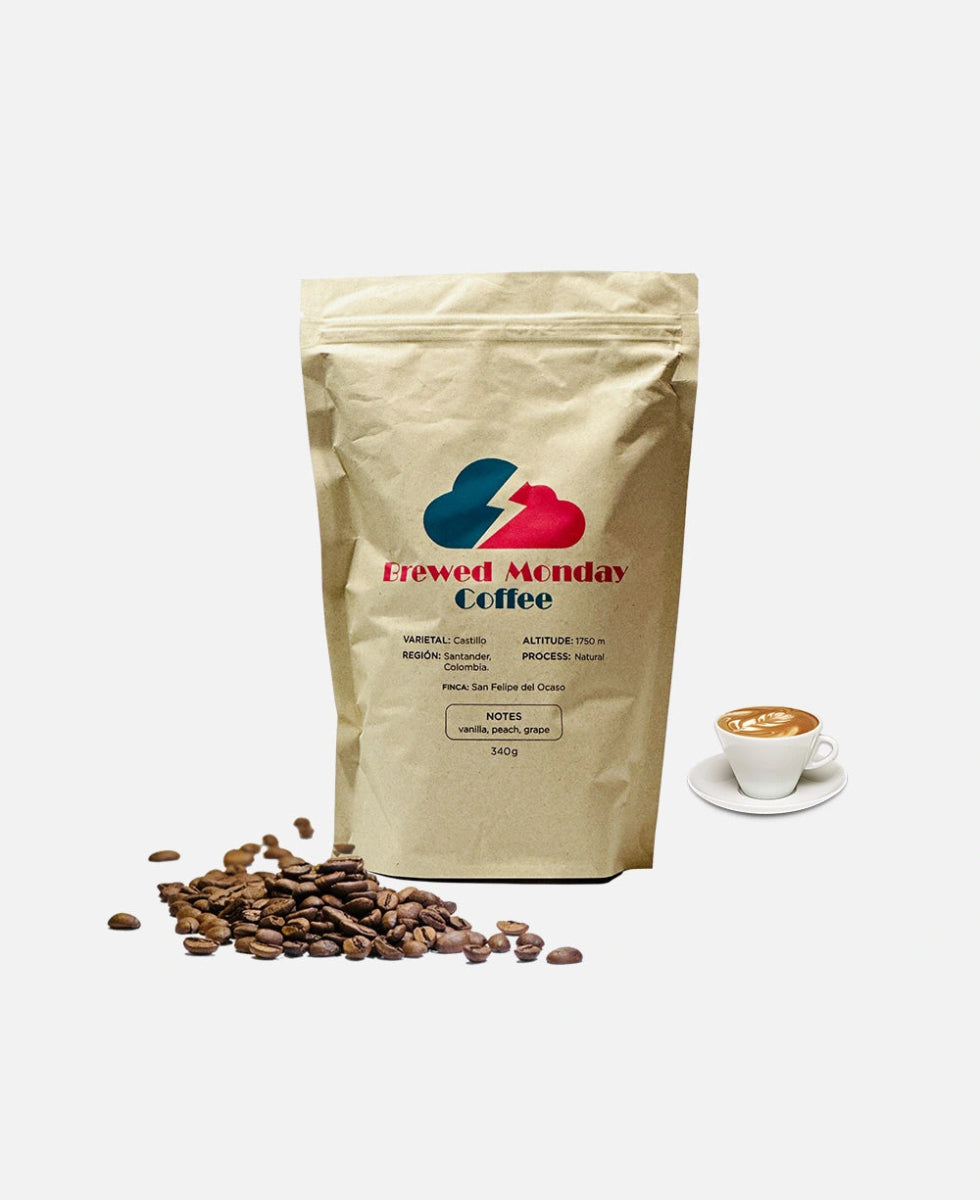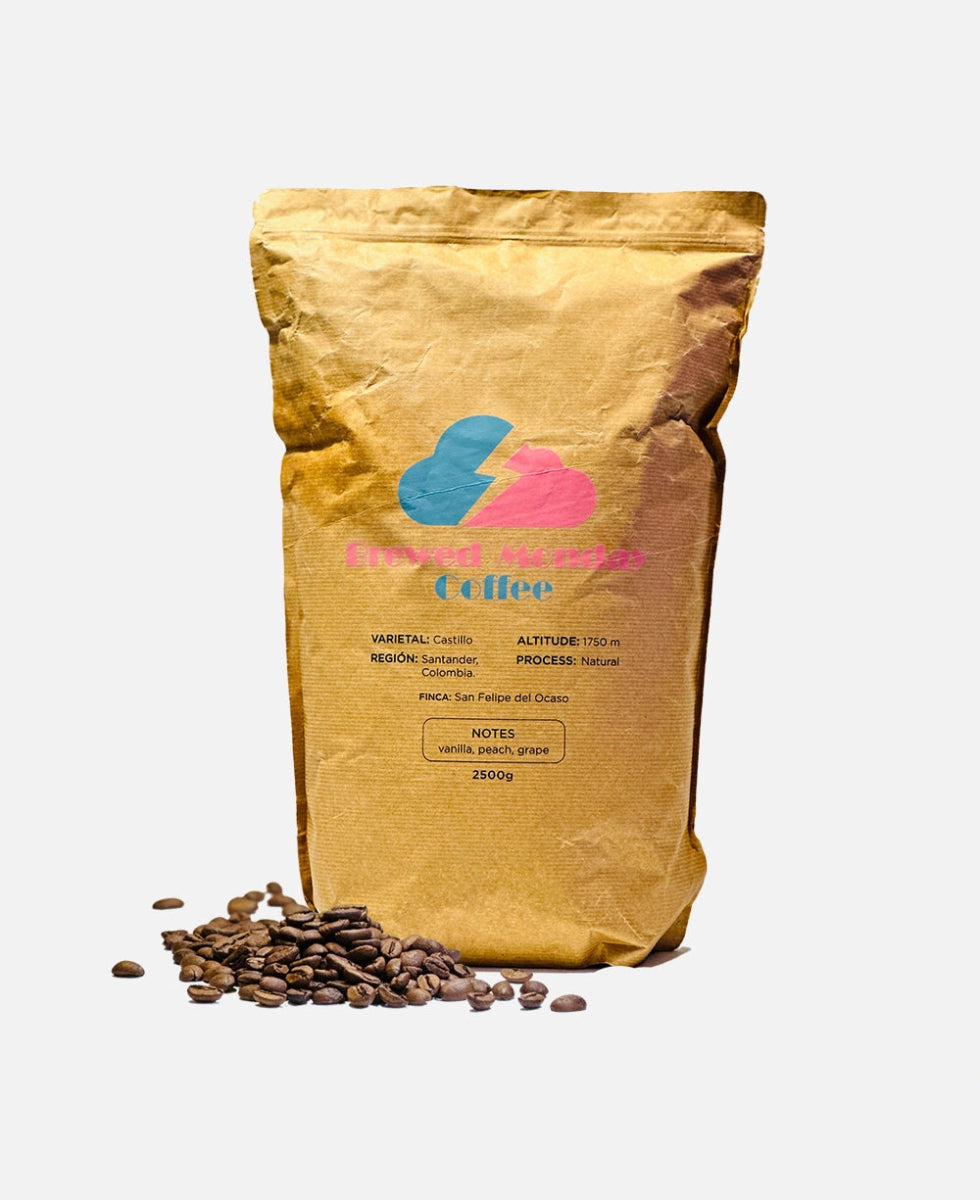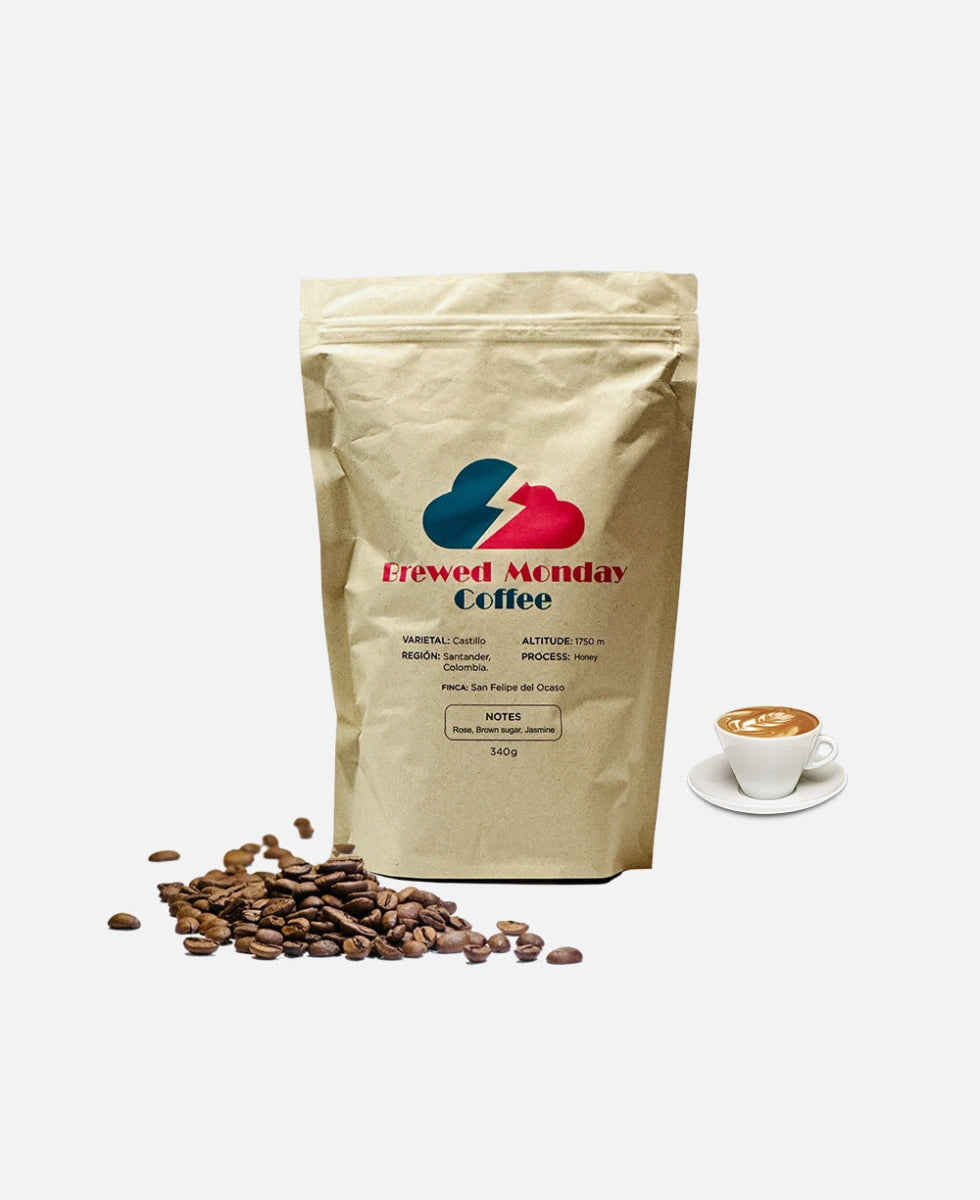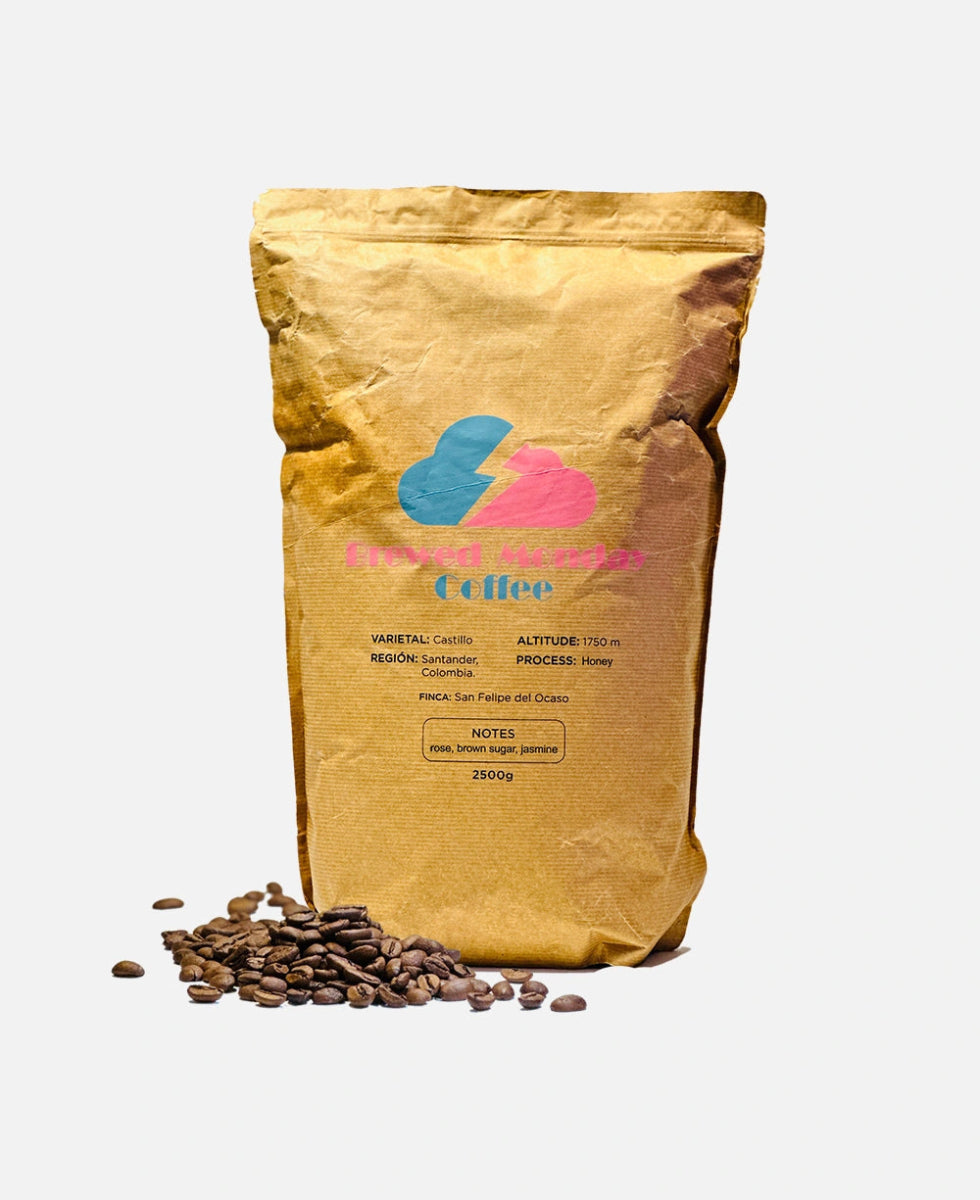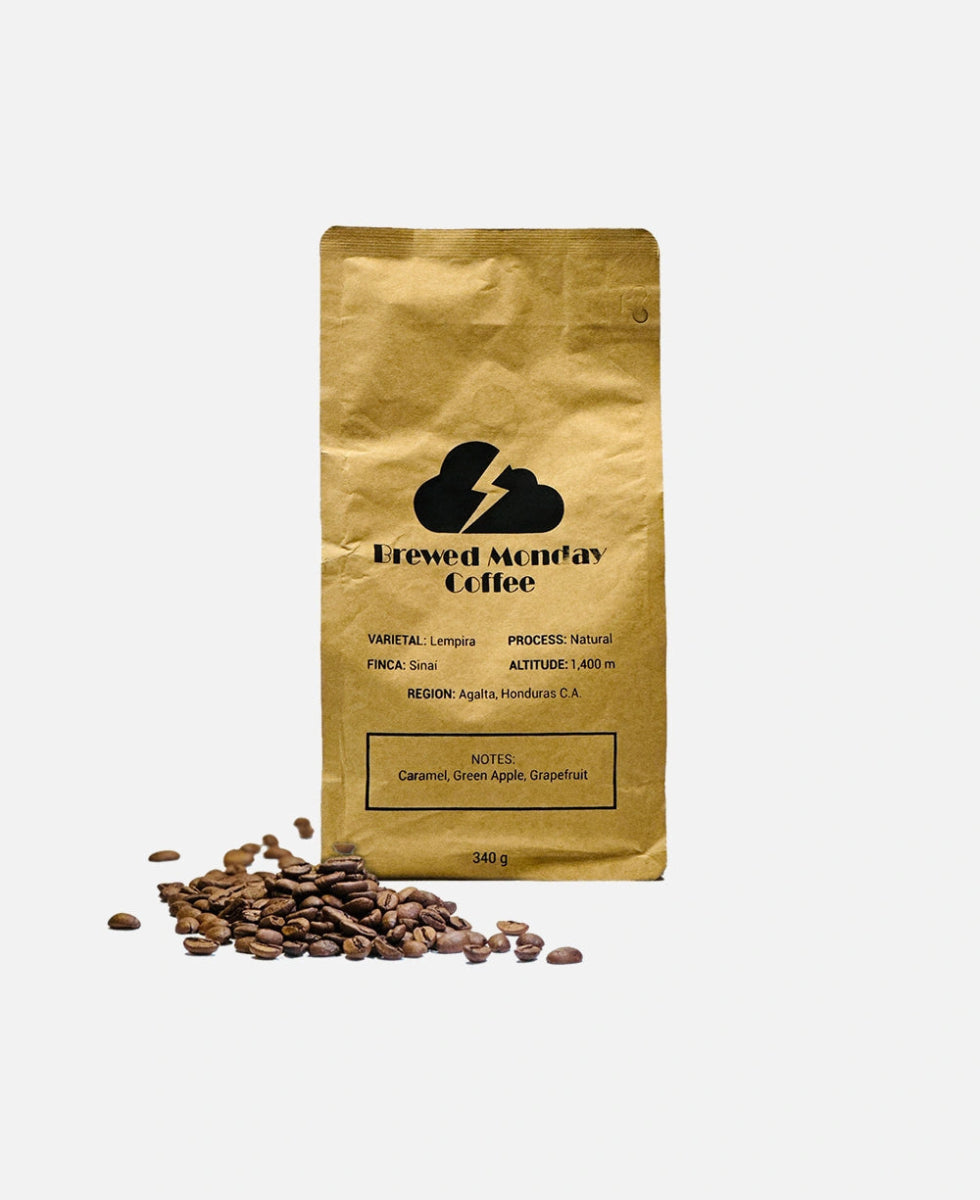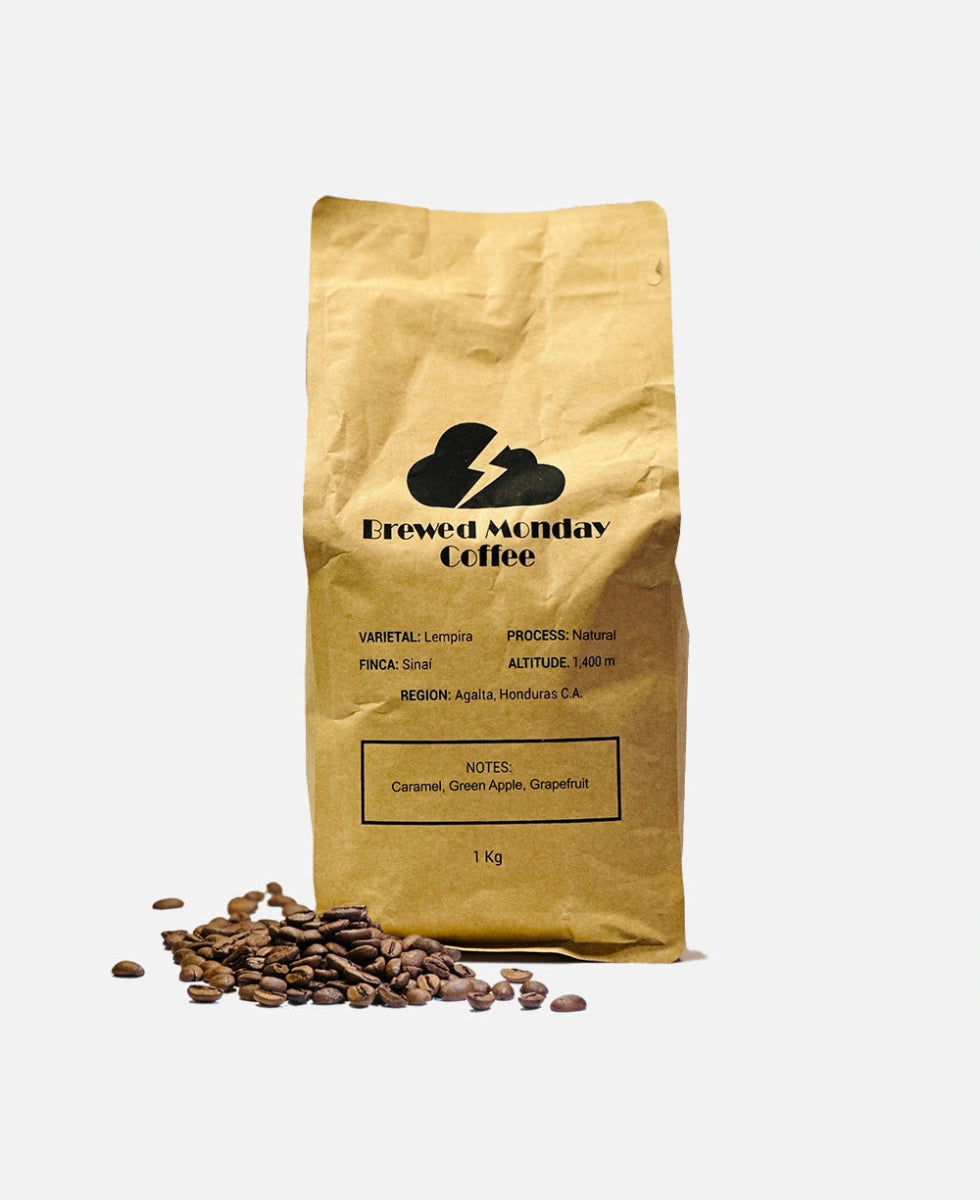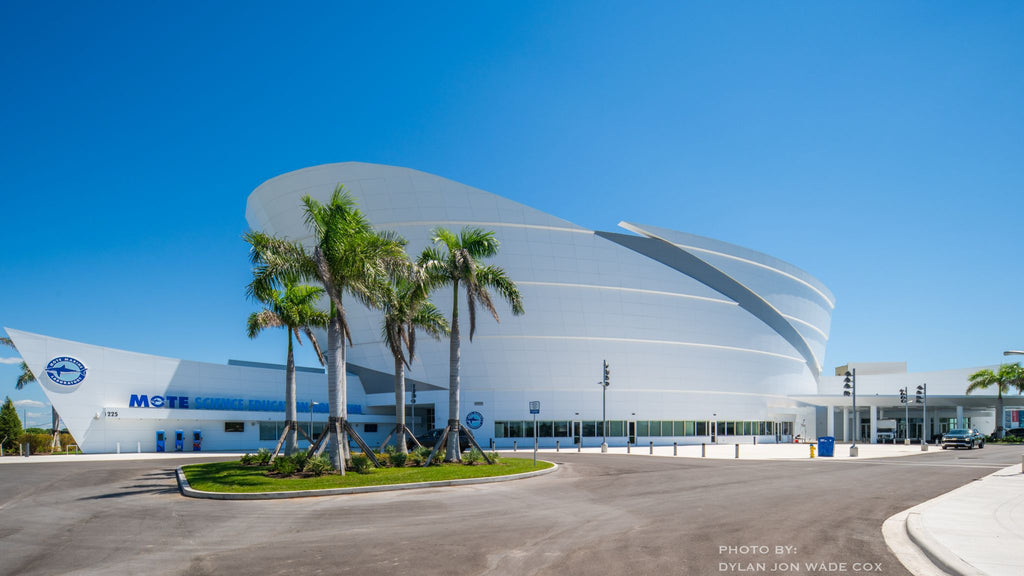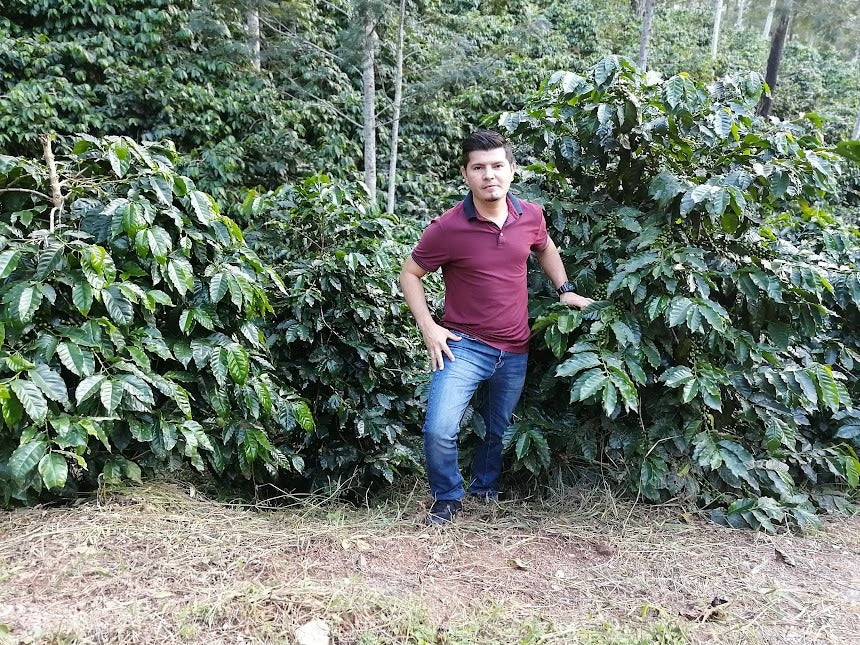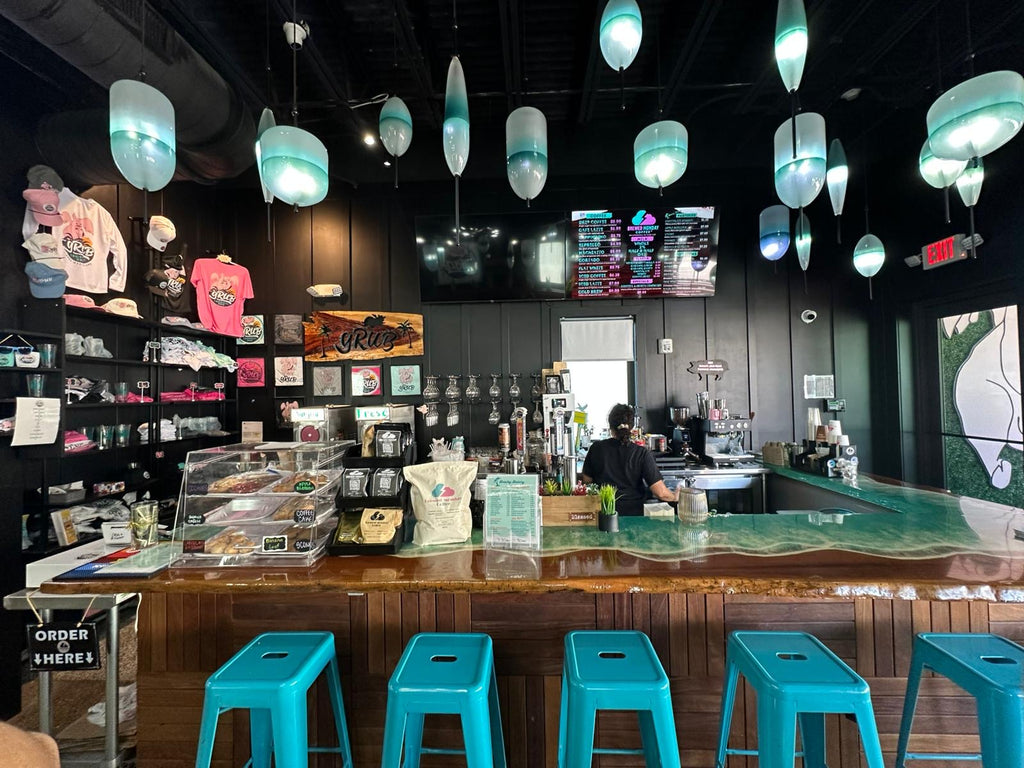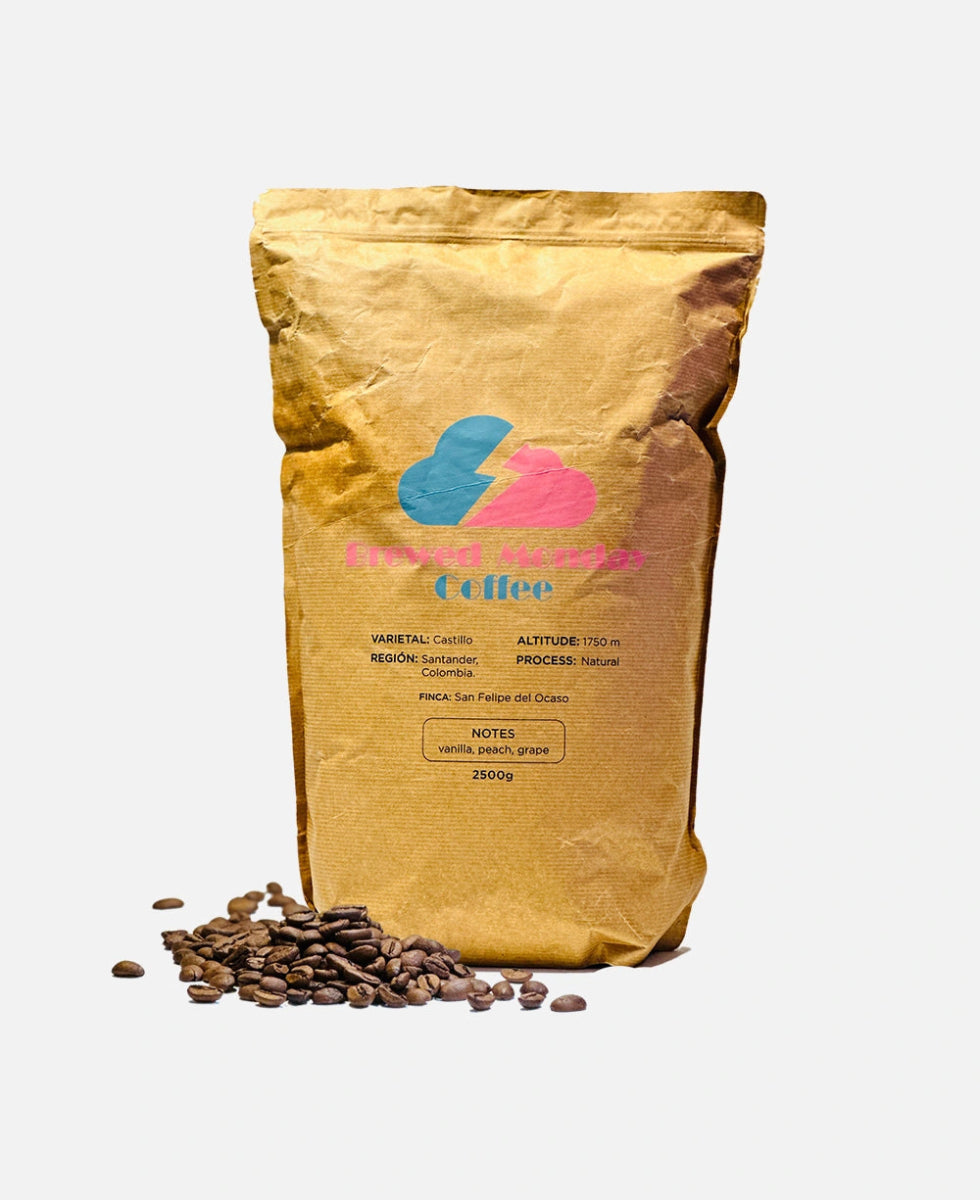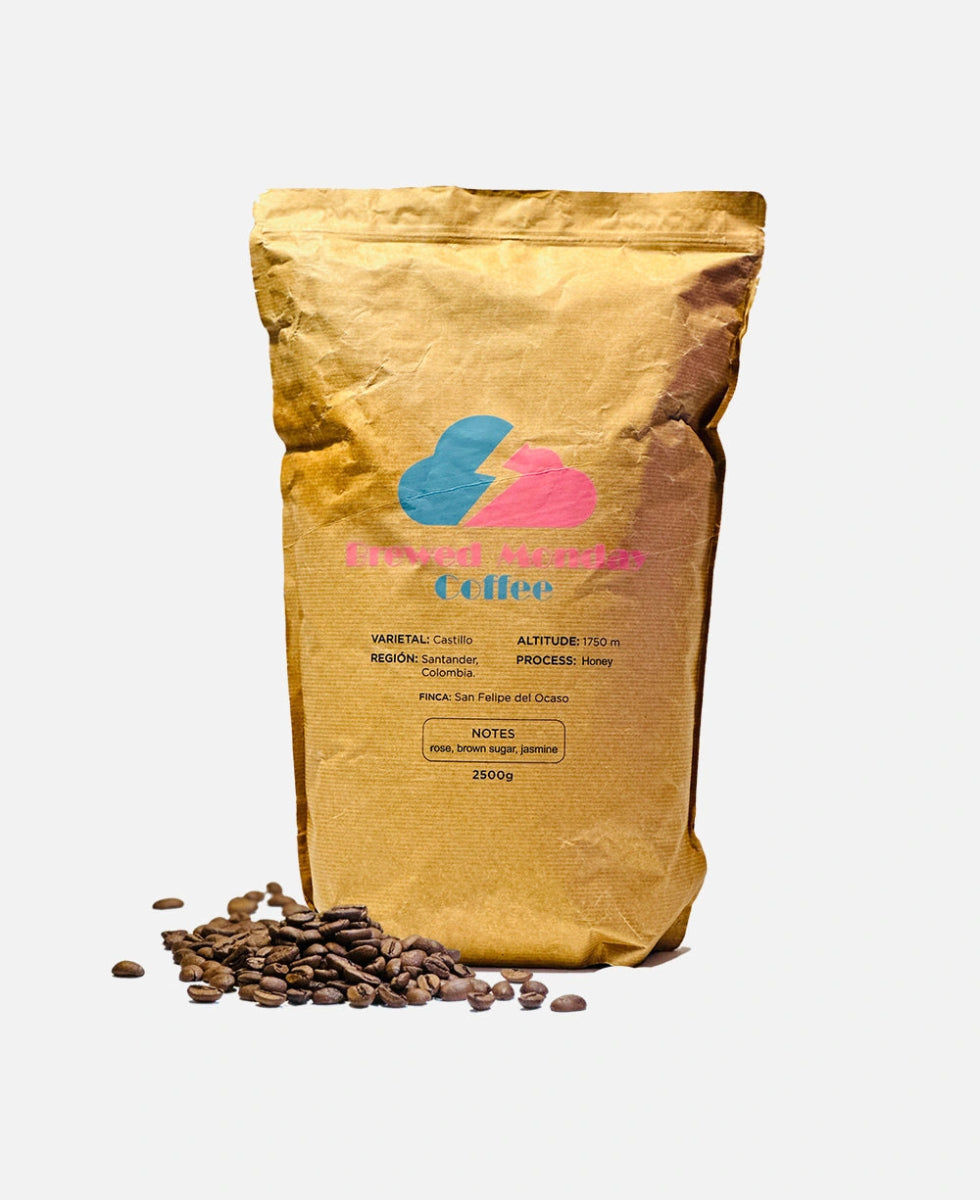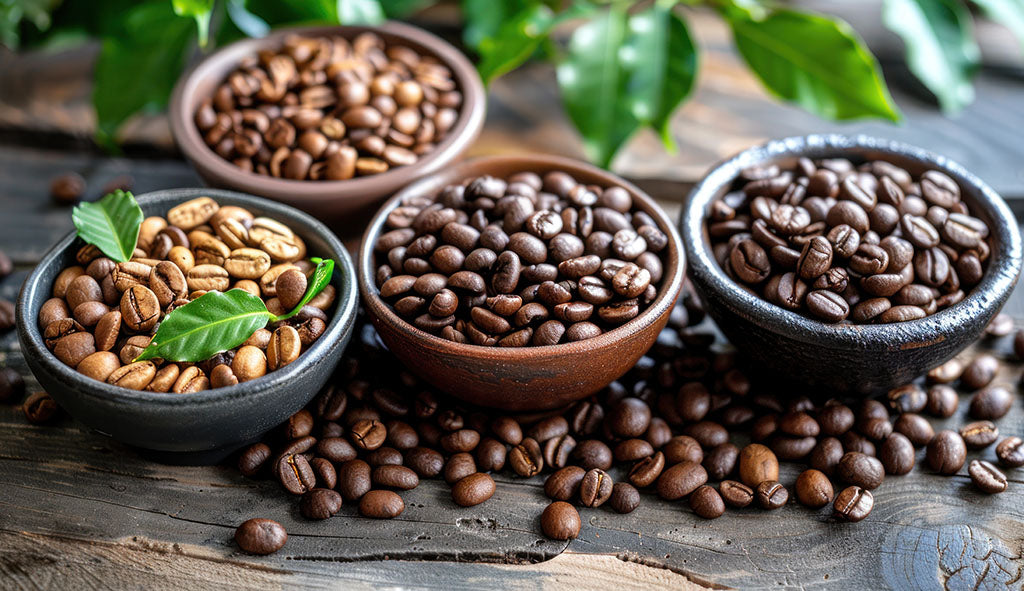
The Ultimate Guide to Discovering the Perfect Coffee Roast for Your Tastebuds

Are you a coffee connoisseur searching for the perfect roast to satisfy your discerning tastebuds? Look no further! In this ultimate guide, we'll take you on a journey of discovery to find the ideal coffee roast that will tantalize your senses and leave you craving more.
With abundant coffee roasts available, choosing the one that suits your palate can be overwhelming. That's why we've crafted this comprehensive guide, packed with expert tips and insights, to help you navigate the coffee roast spectrum and find the one that resonates with your unique preferences.
Whether you prefer a light roast with its bright, fruity flavors, a medium roast with a perfect balance of richness and acidity, or a dark roast boasting bold and robust characteristics, this guide will shed light on the distinct attributes of each roast. We'll guide you through the roast levels, from the delicate nuances of a blonde roast to the smoky intensity of a French roast.
So, please grab a cup of your favorite brew, and let's delve into the world of coffee roasts, where the perfect cup of joe awaits. Get ready to ignite your taste buds and discover a new level of coffee appreciation.
Understanding coffee roast levels
Coffee roasting is an art form that transforms green coffee beans into the aromatic and flavorful beverage we all love. The roast level refers to the degree of roasting applied to the beans, affecting the resulting coffee's taste, aroma, and body. Understanding the different roast levels is essential in your quest for the perfect cup of joe.
- Light Roast: A light roast is known for its delicate flavors and bright acidity. These beans are roasted shorter, resulting in a light brown color and a dry surface. Light roast coffee tends to retain more of the coffee bean's original characteristics, showcasing its natural acidity and floral or fruity notes. The flavors are often vibrant and crisp, with hints of citrus, berries, or tea-like nuances.
- Medium Roast: When it comes to the roast spectrum, medium roast strikes a balance between the acidity of a light roast and the deeper flavors of a dark roast. Medium roast beans are roasted slightly longer, resulting in a medium brown color and a smoother surface. This roast brings a richer body and more caramelized flavors while preserving some of the bean's inherent brightness. The taste profile of medium roast coffee can vary, but it often offers a combination of sweetness, mild acidity, and a subtle nuttiness.
- Dark Roast: For those who prefer a bolder and more robust taste, dark roast coffee is the way to go. Dark roast beans are roasted until they reach a rich, dark brown color, sometimes even approaching black. The longer roasting time produces a more pronounced caramelization of sugars and oils within the beans, giving dark roast coffee its characteristic smoky and burnt flavors. This roast level typically has a fuller body, lower acidity, and a lingering finish. Dark roast coffee is often associated with notes of chocolate, toasted nuts, and even slight bitterness.
Factors that influence coffee flavor
While roast level plays a significant role in determining the flavor of your coffee, it's important to note that several other factors come into play. These factors can significantly influence the taste profile, allowing for a wide range of flavors within the same roast level.
- Origin: The region where the coffee beans are significantly grown impacts their flavor. Different countries and even specific areas produce coffee with distinct characteristics. For example, beans from Ethiopia are known for their fruity and floral notes, while those from Brazil tend to be nutty and chocolatey. Exploring different origins can add another layer of complexity to your coffee journey.
- Bean Variety: Coffee beans are available in various varieties with unique flavor profiles. The two main types of coffee beans are Arabica and Robusta. Arabica beans are generally known for their nuanced and desirable flavor, offering a wide range of flavor notes depending on the origin and roast. On the other hand, Robusta beans are recognized for their higher caffeine content and a more robust, bitter taste."
- Processing Method: How coffee cherries are processed after harvesting also affects the flavor. There are three main methods: washed, natural, and honey. Washed coffee, known as wet-processed coffee, tends to have cleaner and brighter flavors. Natural or dry-processed coffee often exhibits more pronounced fruitiness and sweetness. Honey-processed coffee falls somewhere in between, offering a unique combination of both washed and natural processing flavors.
- Altitude: The altitude at which the coffee is grown can impact its flavor profile. Higher-altitude coffee tends to have a more complex and nuanced taste, often with floral or citrus notes. Lower-altitude coffee may have a milder flavor with earthy or nutty undertones. The altitude also affects the density and size of the beans, which can influence the brewing process and extraction.
Light roast coffee: characteristics and flavor profile
Light roast coffee is beloved by many for its vibrant flavors and lively acidity. The light roasting process allows the inherent qualities of the coffee beans to shine through, resulting in a delicate and nuanced cup of coffee. Let's dive into the characteristics and flavor profile of light roast coffee.
- Appearance: Light roast coffee beans are typically light brown, often with a dry and matte surface. The beans retain more of their original shape and may even exhibit some oil on the surface.
- Acidity: Light roast coffee is known for its bright and sparkling acidity. This acidity gives the coffee a lively and refreshing character, reminiscent of citrus fruits or berries. The acidity can vary depending on the origin and processing method of the beans.
- Flavor profile: Light roast coffee offers a wide range of flavors, often showcasing the unique characteristics of the coffee beans. You may encounter tasting notes such as floral, tea-like, fruity, or herbal. Some light roasts may display flavors like jasmine, bergamot, blueberry, or green apple. The flavors are delicate and nuanced, allowing you to appreciate the subtleties of the coffee.
To truly appreciate the flavors of light roast coffee, it is recommended to use brewing methods that highlight the delicate characteristics of the beans. Pour-over methods like the Hario V60 or Chemex are popular, as they allow for precise control over water temperature and extraction time. These methods bring out the coffee's vibrant acidity and subtle nuances, resulting in a clean and well-balanced cup.
Medium roast coffee: characteristics and flavor profile
Medium roast coffee is an excellent choice if you're seeking a coffee that balances brightness and depth. Medium roasts offer a more pronounced body and sweetness than light roasts while retaining some delicate flavors. Let's explore the characteristics and flavor profile of medium-roast coffee.
- Appearance: Medium-roasted coffee beans are medium brown and slightly darker than light roasts. They have a smoother surface and may exhibit some oil, but less than dark roasts.
- Acidity: Medium roast coffee retains some of the brightness and acidity of light roasts. However, the acidity is usually mellowed out and balanced by the caramelization of sugars during the longer roasting process.
- Flavor profile: Medium roast coffee offers a broader range of flavors compared to light roasts, with a greater emphasis on sweetness and richness. You may encounter tasting notes such as caramel, chocolate, nuts, or dried fruits. The flavors are more pronounced and well-rounded, providing a satisfying and balanced cup of coffee.
Brewing methods that enhance the body and sweetness are recommended to bring out the best flavors in medium-roast coffee. French press and Aeropress are popular choices, as they allow for a fuller extraction and a richer mouthfeel. These methods highlight the caramelized flavors and produce a well-rounded and satisfying coffee.
Dark roast coffee: characteristics and flavor profile
For those who prefer a bold and intense coffee experience, dark roast coffee is the way to go. Dark roasts are known for their rich and smoky flavors, delivering a powerful punch with every sip. Let's explore the characteristics and flavor profile of dark roast coffee.
- Appearance: Dark roast coffee beans are roasted until they reach a dark brown color, sometimes even approaching black. The beans have an oily surface, which is a result of the prolonged roasting process.
- Acidity: Dark roast coffee typically has a lower acidity than light and medium roasts. Extended roasting reduces acidity, resulting in a smoother and less sharp taste.
- Flavor profile: Dark roast coffee offers a bold and robust flavor profile. You may encounter tasting notes such as dark chocolate, toasted nuts, caramel, or smoky undertones. The flavors are more pronounced and intense, often with a lingering finish. Dark roast coffee is known for its full-bodied nature and can provide a rich and satisfying coffee experience.
Brewing methods that complement its bold characteristics are recommended to enjoy the flavors of dark roast coffee fully. Espresso-based drinks like cappuccinos or lattes are popular choices, as the intense flavors of dark roast coffee pair well with milk. Espresso machines' pressure extraction helps to extract the rich oils and flavors from the beans, resulting in a concentrated and flavorful cup.
Specialty roast coffee: characteristics and flavor profile
In addition to the traditional roast levels, there is a growing trend towards specialty roast coffee. Specialty roast refers to roasted coffees that highlight specific characteristics or flavor profiles. These roasts often push the boundaries of traditional roasting techniques, resulting in unique and exciting coffee experiences. Let's explore the characteristics and flavor profile of specialty roast coffee.
- Appearance: Specialty-roast coffee can vary in appearance depending on the desired outcome. Depending on the intended flavor profile, it could be anywhere from light to dark roast. The beans may exhibit different colors and surface textures, reflecting the specific roasting technique.
- Acidity: The acidity of specialty roast coffee can vary greatly depending on the desired flavor profile. Some specialty roasts may aim for a brighter and more pronounced acidity, while others may focus on a mellow and balanced acidity.
- Flavor profile: Specialty roast coffee offers various flavors, often highlighting unique and unexpected flavors. You may encounter tasting notes such as exotic fruits, spices, herbs, or wine-like characteristics. The flavors are carefully crafted to showcase the distinct qualities of the coffee beans and provide a truly exceptional coffee experience.
Specialty roast coffee is often best enjoyed through methods that allow for a more precise extraction. Pour-over methods like the Kalita Wave or AeroPress with inverted brewing are popular, as they allow for greater control over the parameters. These methods bring out the intricate flavors of specialty roast coffee, enabling you to fully appreciate the artistry behind the roast.
How to choose the perfect coffee roast for your taste
Now that you better understand the different coffee roast levels and their flavor profiles, it's time to choose the perfect roast for your taste. Here are some tips to help you make an informed decision:
- Experiment: Feel free to try different roast levels and flavor profiles. Coffee is a personal preference, and what works for someone else may not necessarily work for you. Explore various roast levels and origins to discover your preferred flavor profile.
- Consider your preferences: Consider the flavors and characteristics you enjoy in coffee. Do you prefer a bright, lively cup or a rich, bold experience? Consider your preferred taste profile and look for roasts that align with your preferences.
- Start with the basics: If you're new to coffee tasting, it's a good idea to start with the classic roast levels – light, medium, and dark. This will give you a solid foundation and help you understand the fundamental differences between roast levels.
- Seek recommendations: Contact coffee enthusiasts, baristas, or specialty coffee shops for recommendations. They can suggest specific roasts or origins that align with your taste preferences.
- Try single-origin coffee: Single-origin coffees are sourced from a specific region or farm, allowing you to experience the unique flavors of that particular origin. Exploring single-origin coffees can be a great way to discover new flavor profiles and find your perfect roast.
Remember, finding the perfect coffee roast is a journey of exploration and personal preference. Embrace the process, enjoy the variety of flavors, and have fun discovering your coffee nirvana.
Brewing methods for different coffee roast levels
Once you've chosen your preferred coffee roast, it's time to explore the brewing methods to showcase its unique flavors. Different roast levels require different brewing techniques to bring out the best in each cup. Here are some popular brewing methods for each roast level:
- Light roast: Light roast coffee is best enjoyed through brewing methods that preserve its delicate flavors and brightness. Pour-over methods like the Hario V60 or Chemex are excellent choices, as they allow for precise control over water temperature and extraction time. These methods bring out light roast coffee's vibrant acidity and subtle nuances, resulting in a clean and well-balanced cup.
- Medium roast: Medium roast coffee benefits from brewing methods that enhance its body and sweetness. French press and Aeropress are popular choices, allowing for a fuller extraction and a richer mouthfeel. These methods highlight the caramelized flavors of medium roast coffee, producing a well-rounded and satisfying cup.
- Dark roast: Dark roast coffee best suits brewing methods that complement its bold characteristics. Espresso-based drinks like cappuccinos or lattes are popular choices, as the intensity of dark roast coffee pairs well with milk. The pressure extraction of espresso machines helps to extract the rich oils and flavors from the beans, resulting in a concentrated and flavorful cup.
- Specialty roast: Specialty roast coffee often requires brewing methods that allow for a more precise extraction. Pour-over methods like the Kalita Wave or AeroPress with inverted brewing are excellent choices, as they offer greater control over the brewing parameters. These methods bring out the intricate flavors of specialty roast coffee, allowing you to appreciate the artistry behind the roast fully.
Experiment with different brewing methods and adjust the variables to suit your taste preferences. The key is to find the brewing method that best accentuates the flavors of your chosen roast, resulting in a cup of coffee that brings you joy with every sip.
Where to find high-quality coffee beans for your preferred roast
Now that you know about coffee roast levels and brewing methods, it's time to source high-quality coffee beans for your preferred roast. Here are some places to find top-notch coffee beans:
- Local specialty coffee shops often source and roast their beans, ensuring high quality and freshness. These shops are staffed by knowledgeable baristas who can guide you in choosing the right beans for your preferred roast level.
- Online specialty coffee retailers: Many online retailers specialize in high-quality coffee beans worldwide. Websites like Brewed Monday Coffee offer a wide range of beans, often with detailed descriptions of their flavor profiles and roast levels. Shopping online allows you to explore beans from different regions and roasters.
- Directly from coffee roasters: Some coffee roasters sell their beans directly to consumers. This can be a great way to ensure freshness and support small businesses. Look for local roasters in your area or explore well-known roasters online.
- Subscription services: Coffee subscription services like Brewed Monday Coffee regularly deliver freshly roasted beans to your door. These services often allow you to customize your preferences, ensuring you receive beans that match your preferred roast level and flavor profile.
- Farmers' markets: Local farmer's markets can be a hidden gem for finding high-quality coffee beans. Many small-scale roasters and coffee farmers sell their beans at these markets, offering a unique opportunity to try locally sourced and roasted coffee.
- Grocery stores: While not all grocery stores offer high-quality beans, some carry reputable brands and specialty coffee. Look for freshly roasted beans with a precise roast date on the packaging to ensure you're getting the best quality.
Conclusion: Savoring the Perfect Roast – Your Coffee Journey Awaits
In conclusion, discovering the perfect coffee roast for your taste buds is an exciting journey that involves understanding the nuances of different roast levels and how they impact flavor profiles. From the bright and fruity notes of a light roast to the rich and bold characteristics of a dark roast, each level offers a unique experience that can be further enhanced by choosing the proper brewing method. By experimenting with various roast levels, origins, and brewing techniques, you can tailor your coffee experience to match your preferences and uncover new dimensions of flavor in every cup.
As you tackle this coffee exploration, remember that sourcing high-quality beans is crucial to achieving the best results. Whether you visit local specialty coffee shops, explore online retailers, or subscribe to a coffee delivery service, the key is to seek out freshly roasted beans that align with your desired roast level. By doing so, you support the craft and dedication of coffee roasters and ensure that each brew brings you closer to your perfect cup of coffee. Embrace the adventure, savor the variety, and enjoy the endless possibilities of the world of coffee.

